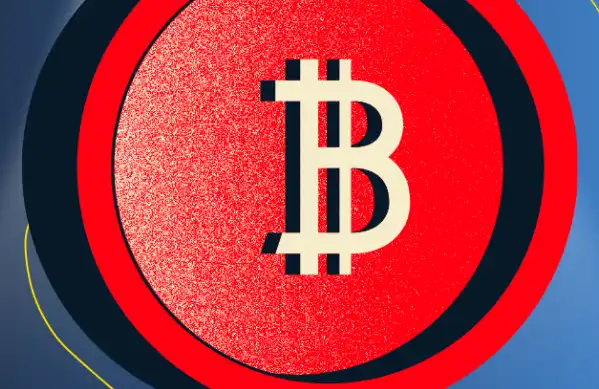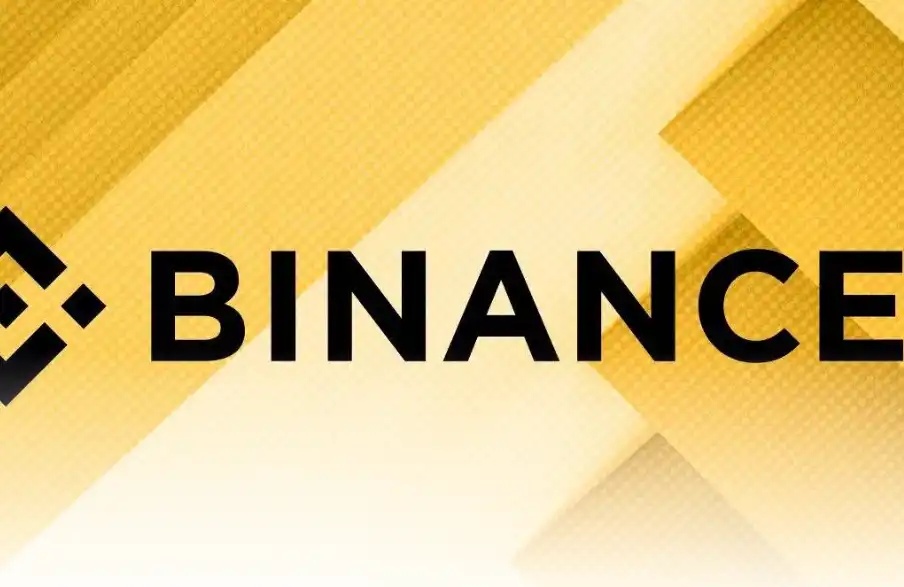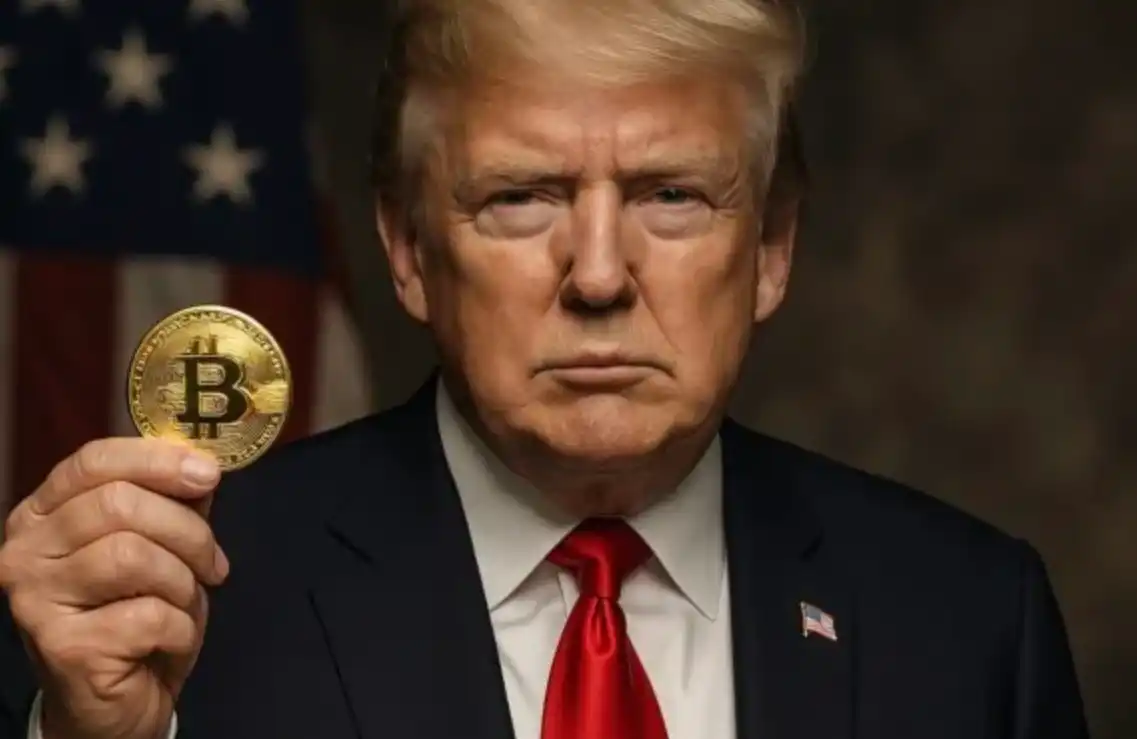The Four-Year Rise and Fall of a $15 Billion Stablecoin Empire: The Ambition and Regret of BUSD.
Original author: Jack, FYJ, BlockBeats
On the 14th of this month, the New York State Department of Financial Services ordered Paxos Trust Co., an encrypted financial institution, to stop issuing more BUSD Tokens. The stablecoin giant, which was once among the top three in market value, declared the end of its rule. This "Libra successor" backed by the world's largest exchange went from zero to one billion to tens of billions in just four years, and then hastily withdrew from the stablecoin competition stage following a rumor. Let's take a look back at the rise and fall of this "coin circle powerhouse".
Qimingxing
On the afternoon of August 19, 2019, Binance released an important announcement, announcing the launch of "Project Venus". The project aims to create an "independent regional version of Libra", where Libra refers to Facebook's once large-scale stablecoin payment plan.
Venus is the guardian planet of Libra. The clear and concise project name reflects Binance's ambitious goals. Binance stated in the announcement that although Libra ultimately failed, its concept is rapidly spreading globally, and governments around the world should establish the strategic position of blockchain and digital stablecoins as soon as possible, establish sandbox mechanisms, and introduce private enterprises to issue digital stablecoins.
The announcement did not mention the operational details of the stablecoin plan, but repeatedly called on partners from various fields to join their camp. In order to attract more partners, Binance also announced that it will not use the BSC chain as the ecological foundation of the stablecoin. It is not difficult to see that the Star Plan is not a technological innovation like Libra. Binance has already learned its lesson and focused on regulation and compliance.
The Qimingxing Plan announced in the same year that Binance found its ideal compliance shell - Paxos. Paxos is a financial institution and technology company headquartered in New York, which has issued stablecoin assets such as USDP and GUSD, all of which have obtained regulatory approval from the New York State Department of Financial Services (NYDFS) and have performed very well in terms of compliance.
In the collaboration with Binance, Paxos acts as the issuing entity of BUSD on Ethereum, while BUSD is an ERC-20 Token issued on Ethereum, with its reserve held in Paxos' US bank account. After the launch of BUSD, NYDFS quickly approved its release, making BUSD another stablecoin project approved by Paxos in Wall Street regulatory agencies, following GUSD and PAX.
Binance, which has broken through the regulatory dilemma, did not hesitate to step on the accelerator and sent the "Lunar Landing Rocket" to the Star Plan:
On March 10, 2020, in less than a year, the market value of BUSD reached 100 million US dollars. On August 6 of the same year, BUSD was once again included in the green list approved by NYDFS.
In January 2021, in less than two years, the market value of BUSD exceeded 1 billion US dollars, surpassing competitors such as USDP and TUSD.
In September 2022, despite the bearish turn of the cryptocurrency market, BUSD remained unaffected, with a market capitalization reaching $20 billion, a 20-fold increase in just two years.
From now on, BUSD, along with USDT and USDC, has become one of the three pillars in the stablecoin field. However, although BUSD has achieved remarkable success, Binance's ambition for it goes far beyond this. After all, compared to Venus, reaching the moon is at most just a starting point.
Encryption SS
Shortly after the market capitalization of BUSD reached 20 billion US dollars, Binance announced on September 5th that it will stop using USDC, USDP, and TUSD, three stablecoins that compete with BUSD. The world's largest trading platform has officially declared war on stablecoin giant USDC.

In a subsequent article titled "Clarifying the Issue: BUSD Autoconversion" on the official Binance blog, Binance provided its response.
The answer is simple. This is done for the benefit and protection of our users.
...With a large and constantly growing selection of stablecoins, exchanges have no choice but to divide liquidity into too many trading pairs. Let's take BTC as an example. Before the conversion, there were five stablecoin pairs trading BTC on Binance. Imagine each trading pair as a drinking glass, with the liquidity represented by the water in each glass. Essentially, the BUSD automatic conversion will pour all existing liquidity of USDC, USDP, and TUSD into one glass - BUSD.
This move is a logical next step, and all BUSD trading pairs will enjoy faster order matching, better pricing, and less slippage, saving users money and time, and creating a more stable trading environment. It is important to note that users can still use their preferred stablecoins (including USDC, USDP, and TUSD) to enter and exit the Binance platform.」
Although Binance's automatic conversion involves three objects, the market value of TUSD is only tens of billions, USDP and BUSD are of the same origin, and only USDC is the real target of Binance's conversion plan due to its large size. At that time, the market value of USDC was about 52 billion US dollars. As part of the conversion, Binance also needs to close its savings accounts, DeFi staking, and lending services priced in USDC.
The next day, Circle CEO Jeremy Allaire responded on Twitter: "The unified US dollar ledger on Binance, FTX, and Coinbase is a good thing for USDC." Between the lines, there was a hint of tension.

Meanwhile, despite the sluggish market, the trading volume of BUSD has been soaring and its market share has reached a historical high of 15.48%, with a market capitalization of $22 billion. After seeing the astonishing data of BUSD, SBF, the CEO of FTX, responded by saying, "Binance exchanged USDC for BUSD, and then we saw a change in its supply. The second stablecoin war has begun."

The successful launch of BUSD has paved the way for Binance to the "coin issuance throne". Following the success of BUSD, Binance has also minted various "B-Tokens" (or Binance-peg) pegged to cryptocurrencies such as BTC, ETH, and USDC, with a total value of billions of dollars. These assets are theoretically backed 1:1 by their respective pegged tokens and are not subject to any regulatory oversight, providing ample room for operation. With these advantages, Binance is gradually building its own crypto army.
After only one month since Binance announced its redemption plan, on October 28th, Huobi Global announced that HUSD triggered the 11th provision of Huobi Global's token management rules, and trading of HUSD will be stopped and delisted on the same day. HUSD in user accounts will be directly exchanged for USDT.

Observant users will notice that HUSD is also a stablecoin project launched by Huobi and Paxos, with a circulation of over 1.6 billion US dollars within a year. In a blog post commemorating the one-year anniversary of HUSD in July 2022, the Paxos team wrote: "Paxos now supports three of the top six stablecoins in the world, and we are proud of it. As the first regulated trust company and qualified digital asset custodian, Paxos has unique expertise in this market."
One month after the publication of the blog post, Paxos co-founder Zhang Qianhao (Rich Teo) and Binance CEO CZ appeared together at a high-end restaurant overseas, at a time when there was a lot of controversy in the cryptocurrency industry. Two months later, HUSD was terminated and Paxos became the "full-time steward" of BUSD.

With the momentum of BUSD being fierce, Circle, backed by Goldman Sachs, is also not to be outdone. Circle "shares" a regulatory agency with Paxos. According to recent reports from Bloomberg, Circle complained to NYDFS at the end of last year about Binance's poor management of its own cryptocurrency reserves, implying that Binance did not have enough cryptocurrency reserves to back its already issued B-Tokens.
A few months later, Binance admitted that BUSD had experienced a situation of insufficient collateral due to periodic issuance. According to reports, this problem also spread to the B-Token version of USDC. For a period of time, Binance only had $100 million in storage collateral to support $1.7 billion in B-peg USDC. Subsequently, Binance also admitted to improper management of mixing hooked assets with user assets.
Despite having its own compliance framework, BUSD has been severely impacted under Circle's strong regulatory advantage.
Hard Landing
On the morning of February 14th, according to sources cited by The Wall Street Journal, the New York State Department of Financial Services (NYDFS) is investigating Paxos, the issuer of the Pax Dollar (USDP) and Binance USD (BUSD) stablecoins. The specific scope of the investigation is not yet clear. Additionally, US SEC enforcement officials have issued a Wells notice to Paxos. Later that afternoon, it was reported that the NYDFS had ordered Paxos Trust Co. to stop issuing more BUSD Tokens.
In an email, NYDFS gave its reasons: Paxos is unable to operate BUSD safely and securely on a basis of comprehensive regulation, and to promptly remedy and issue significant issues related to BUSD.
Later, Binance issued a statement confirming the news, stating that Paxos Trust Co. had instructed Binance to stop minting new stablecoin BUSD. A Binance spokesperson said, "BUSD is a stablecoin fully owned and managed by Paxos, so the market value of BUSD will only decrease over time. Paxos will continue to provide services for this product, manage redemptions, and provide additional information as needed." Paxos also guarantees that these funds are safe and fully covered by bank reserve funds.
CZ's response was straightforward: "We did anticipate that users would migrate to other stablecoins over time. We will also make corresponding product adjustments. For example, abandoning the use of BUSD as the main trading currency," which is equivalent to admitting that the current path of BUSD is beyond redemption.

The market funds are moving with the wind, and for a while, chaos reigns. BNB plummeted nearly 10%, while decentralized stablecoin targets such as MKR and CRV showed varying degrees of performance, and even UST was riding the wave. At the same time, the TVL on the BSC chain fell by more than 5% in a day, and the busd v2 pool on Curve became skewed. Various large funds are betting on the arbitrage of anchoring returns.
Impact of the Event
From a macro perspective, stablecoins are the "visible hand" in the chaotic world of Crypto markets, serving as the Layer0 that wields hidden power. If the crypto market is compared to a "field" and financial instruments are compared to "irrigation channels," then the right to issue stablecoins is the "water source." In a bullish market with a favorable cycle, the market is confident and the water source flows smoothly into the field. In a bearish market with a unfavorable cycle, liquidity tightens and the "crypto central bank" also plays a regulatory role.
Stablecoin regulation, on the surface, appears to be a compliance and interest dispute, but in reality, it is a power struggle, with the core of the competition being the "root power" of the market, namely the right to coin. Given Binance's current industry position, stablecoins are a key part of improving their industry ecosystem, and given Binance's influence in the current market, any sovereign financial regulatory agency is unlikely to want to see such an uncontrolled, all-encompassing giant emerge. In comparison, the fud surrounding BUSD's solvency issues seems somewhat childish. (Paxos' compliant BUSD is a native Ethereum token, supported by fiat currency reserves provided directly at a 1:1 ratio, while all other BUSDs on the other 31 chains achieve fiat currency reserve support indirectly through the "fiat currency - Ethereum native BUSD - Binance-Peg BUSD" cross-chain chain.)
Will decentralized stablecoins like MKR profit from this? I believe this is just a short-term interpretation of market sentiment. Based on the current stablecoin design, it is fundamentally unsustainable for large-scale adoption due to cost and efficiency issues, which has been confirmed by the market for many years. Users who have lost BUSD will inevitably flow to its competitors. After the news on February 14th, the trading volume of the BUSD-USDT trading pair on the entire network increased several times in a short period of time. This trend will gradually slow down and continue in the future.
Will USDT and USDC face the same regulatory issues? In any case, speculating on regulatory intentions requires a comprehensive understanding of the actual considerations before and after their decisions. Outsiders often grope in the dark, and even if they are correct, it does not necessarily mean that they truly understand the situation. The fact that BUSD was the first to be targeted instead of the latter two stablecoins already speaks for itself. While USDT and USDC are backed by relatively pure issuers, Tether and Circle have limited influence in the market outside of their issuance work. However, BUSD is a part of the overall trading ecosystem, and the three stablecoins cannot be generalized.
Regardless of regulatory or user-side aftermath, BUSD still has enough time to turn things around. The experience of growing up in regulatory struggles gives us reason to believe that Binance will not give up on stablecoins. As viewers, all we need to do is wait quietly - perhaps a new BUSD is already in preparation.
Welcome to join the official BlockBeats community:
Telegram Subscription Group: https://t.me/theblockbeats
Telegram Discussion Group: https://t.me/BlockBeats_App
Official Twitter Account: https://twitter.com/BlockBeatsAsia
 Forum
Forum OPRR
OPRR Finance
Finance
 Specials
Specials
 On-chain Eco
On-chain Eco
 Entry
Entry
 Podcasts
Podcasts
 Data
Data


 Summarized by AI
Summarized by AI








